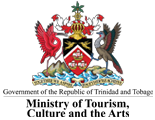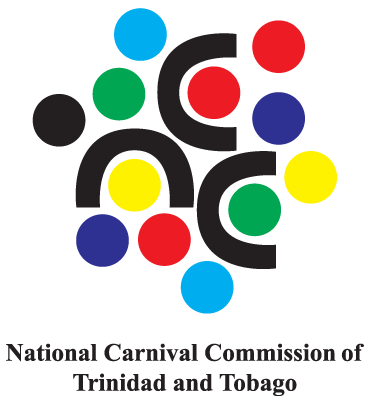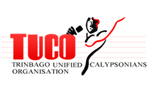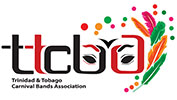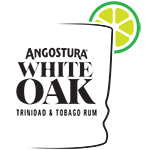History of Carnival and its Elements
Carnival in Trinidad and Tobago is celebrated before the commencement of the Lenten season. From 1783 for half a century, the French developed their Carnival , which was noted to be a season of gay and elegant festivities extending from Christmas to Ash Wednesday. These festivities consisted of dinners, balls, concerts and hunting parties.
The Africans started to participate in the festivities from 1833 after the Emancipation Bill was passed. The Africans brought Canboulay to its festivities. Canboulay was first played on August 1st, Emancipation Day , but subsequently took place after midnight on Dimanche Gras, the Sunday before Carnival.
In early celebration of the festival by the masses activities were held over the three days preceding Ash Wednesday. However in the face of over 60 years of criticism from the upper class about the low standard of Carnival and strong feelings expressed about the desecration of the Sabbath, in 1943 Carnival on the street was restricted to the Monday & Tuesday.
Carnival celebrations were banned for the duration of World War II. ( Andrew Carr, “Carnival” from David Frost Introduces Trinidad and Tobago, London: Andre Deutsch, c1975 )








